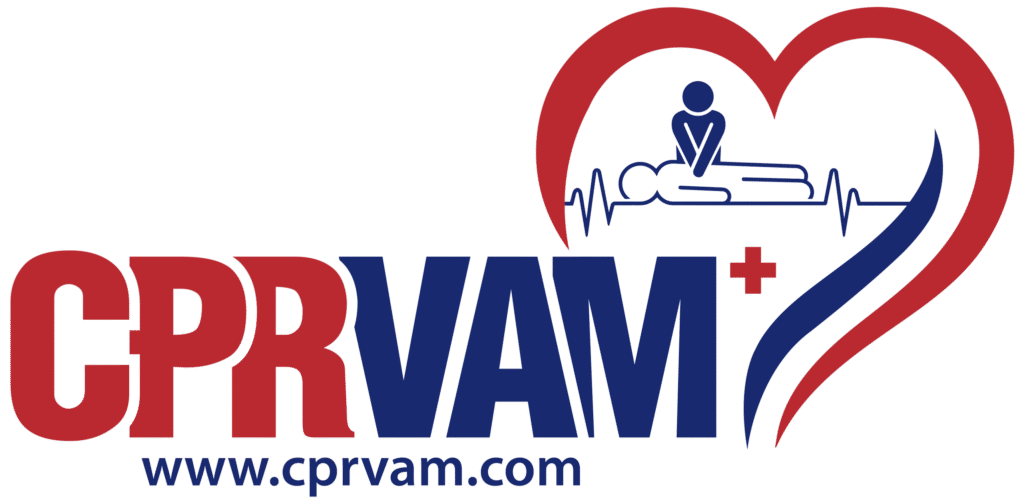Final Thoughts on Bradycardia Management
The ACLS Bradycardia Algorithm provides a clear, step-by-step approach for recognizing and managing symptomatic bradycardia using the most current AHA guidelines. It helps healthcare professionals assess the patient’s condition, identify signs of poor perfusion, and deliver timely, appropriate interventions, such as medications or pacing, to stabilize the heart rate.
That’s why anyone involved in advanced cardiac care needs to complete ACLS certification. The course offers in-depth knowledge and hands-on training in life-saving treatment algorithms, including the proper response to bradycardia and other cardiac emergencies. Learn critical skills with CPR VAM, an AHA-authorized training provider.





